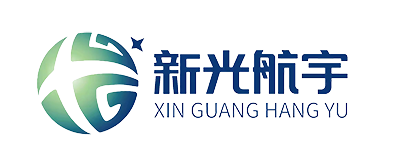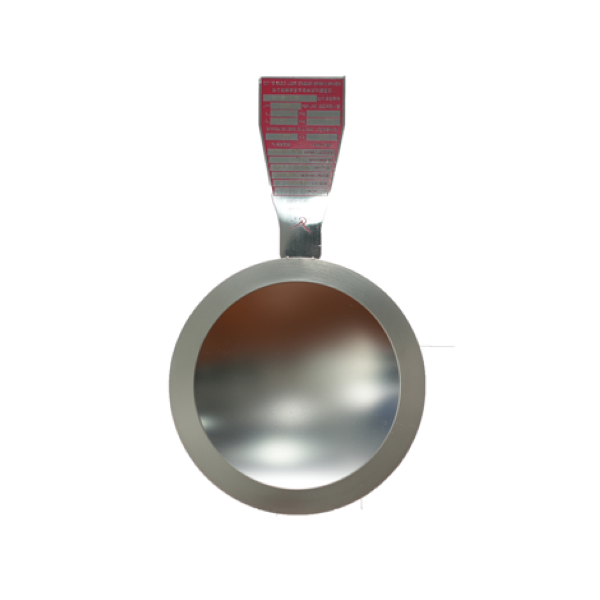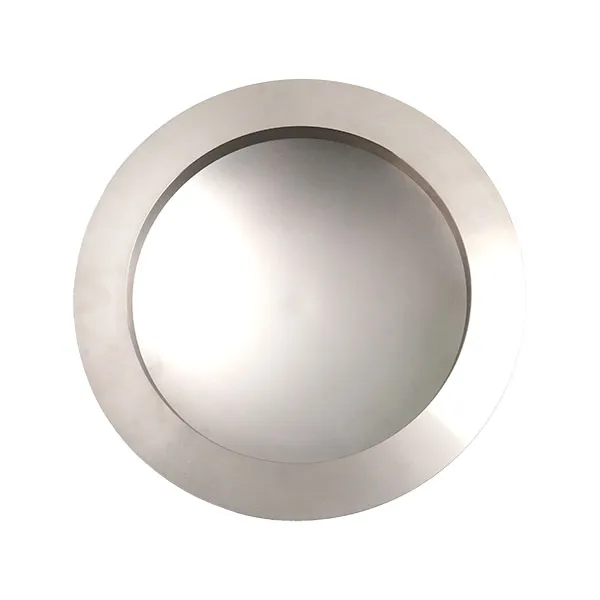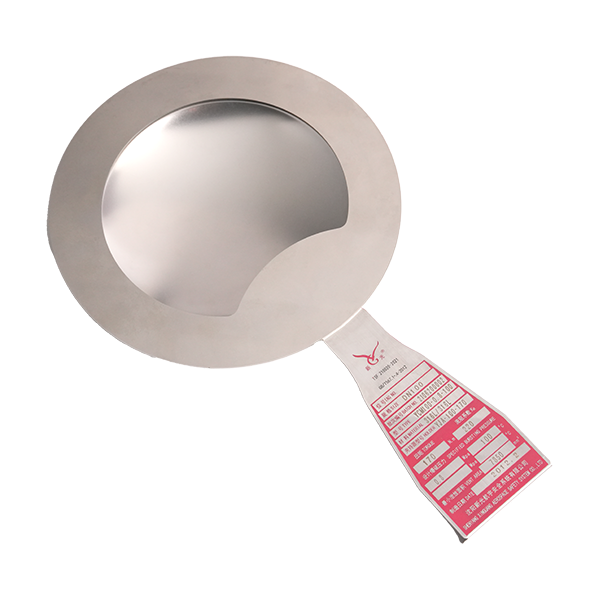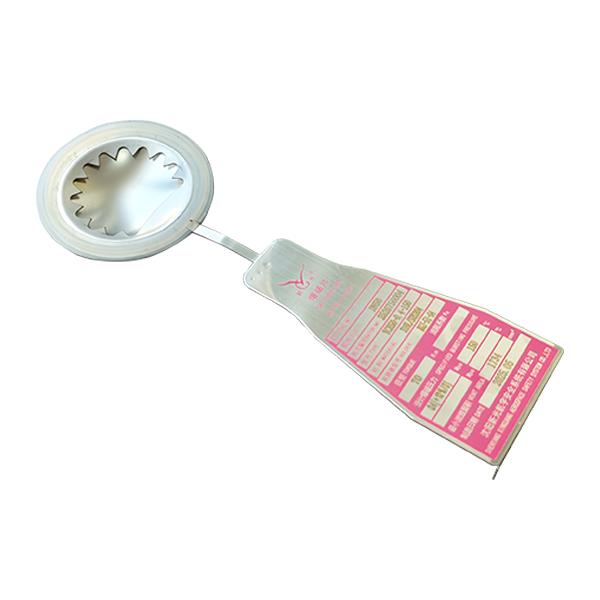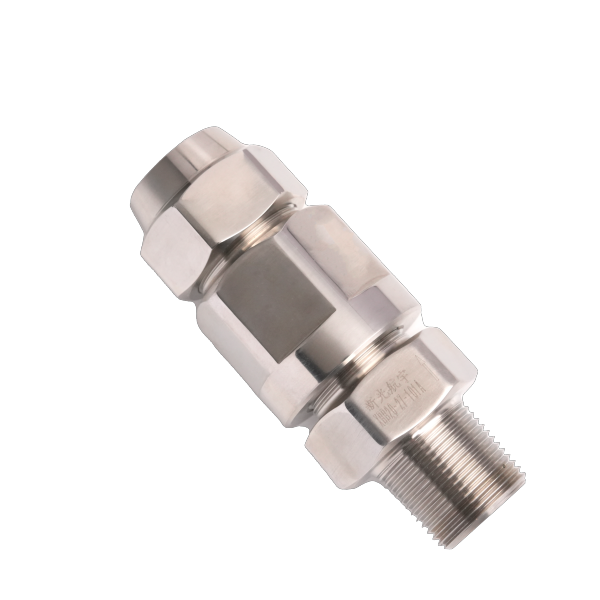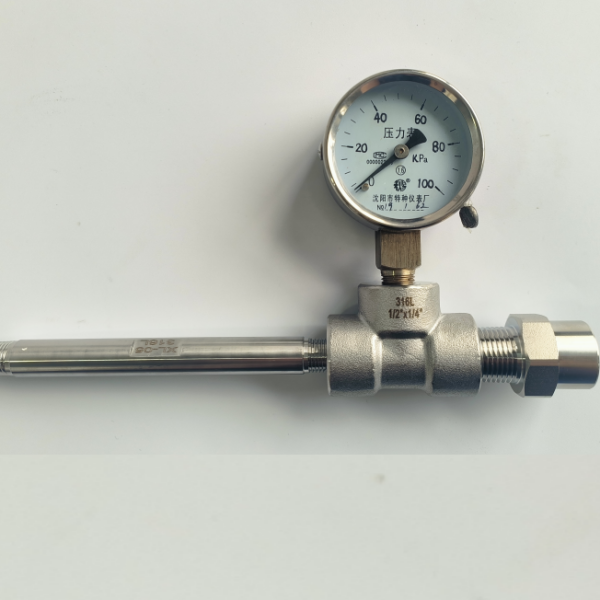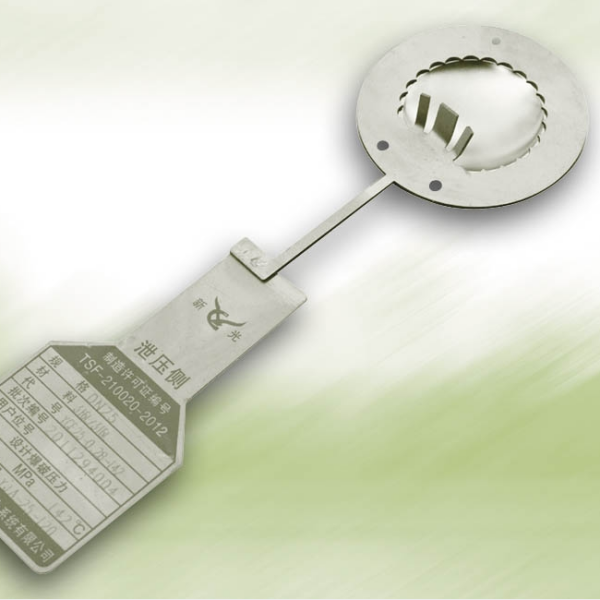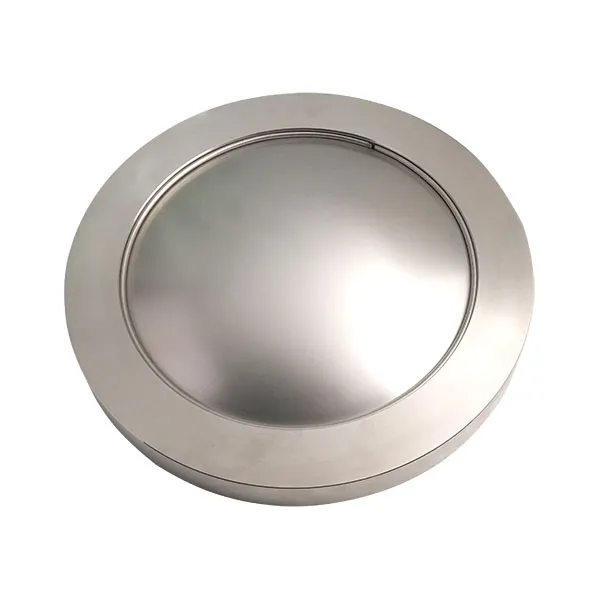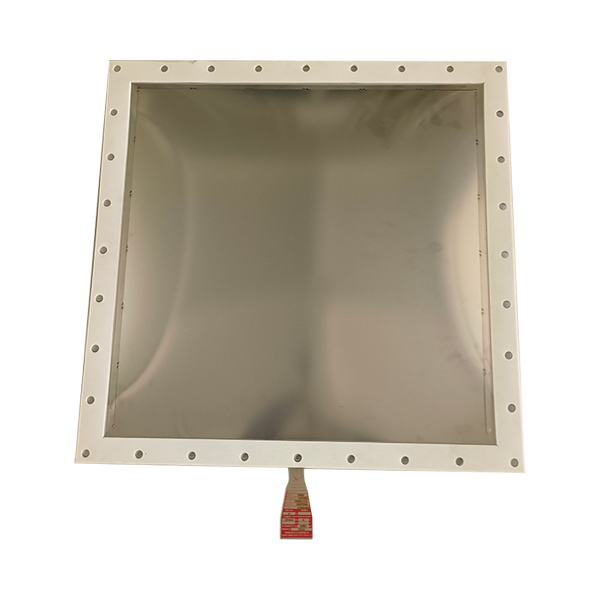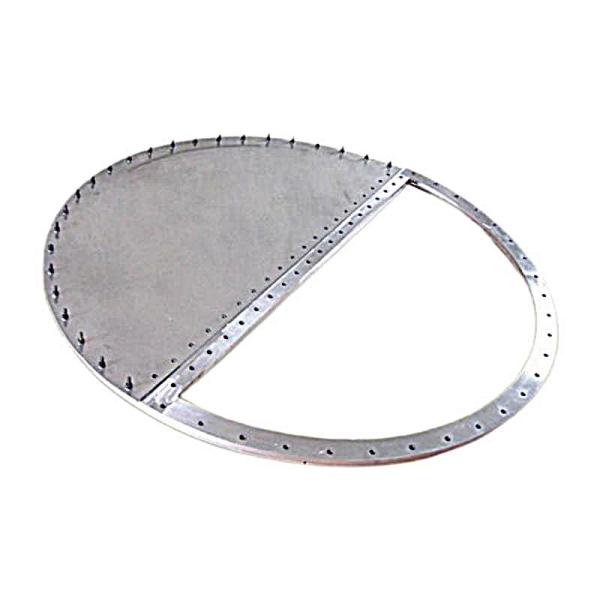Classification of Bursting Disc:
Bursting discs are mainly divided into three categories, namely:
Non-pressure vessel bursting discs, pressure vessel bursting discs, and bursting discs in other places such as pipelines.
Use of Bursting Discs:
The user department shall conduct daily inspection, regular inspection and regular replacement of the bursting disc device, and keep records of inspection and replacement.
1. Bursting discs can only be used in conjunction with the clamps provided by the original manufacturer. The user department shall not disassemble, repair or modify all parts of the bursting disc device without the written approval of the original manufacturer.
2. Daily inspection and annual inspection:
(1) Daily inspection is the responsibility of the user department. The user department shall check whether the bursting disc has medium leakage at least once a week. If the bursting disc is installed in an exposed manner, the bursting disc shall be checked for surface damage, corrosion and obvious deformation. The inspection results shall be recorded in the handover book.
(2) Annual inspection is the responsibility of the maintenance center. When the maintenance center conducts annual inspection of pressure vessels, it shall also check the condition of the bursting disc device. After the inspection, the annual inspection report shall be submitted to the production department.
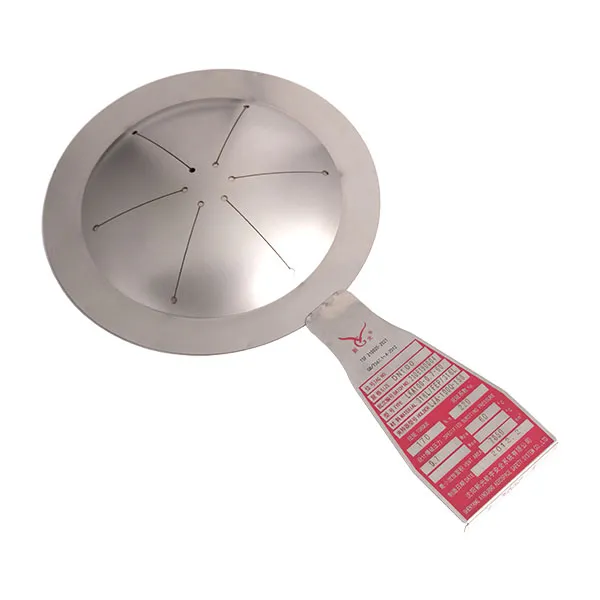
Regular inspections shall include the following:
a. Check whether the installation direction of the bursting disc device is correct, and verify whether the bursting pressure and bursting temperature on the nameplate meet the operating requirements:
b. Check whether there are scratches and corrosion on the outer surface of the bursting disc, whether there is obvious deformation, whether there is foreign matter adhesion, whether there is leakage, etc.;
c. When the bursting disc device is used in series with the safety valve, check the pressure indicator between the bursting disc device and the safety valve to confirm whether the bursting disc device is broken or leaking, and whether the safety valve is leaking;
d. Check whether the discharge pipe is unobstructed, whether there is serious corrosion, and whether the support is firm;
e. Check whether the blade of the holder with the knife holder (if possible) has damage notches or blunt edges;
f. If a stop valve is installed between the bursting disc device and the equipment, check whether the stop valve is in a fully open state and whether the lead seal is intact.
